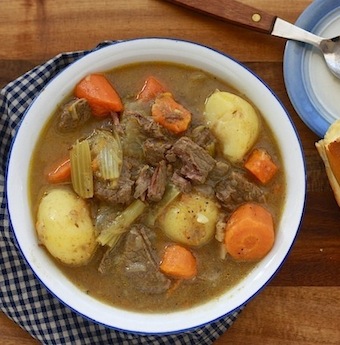Have a toothache, bad breath, and bland food? Nothing a clove can’t fix.
One of the most recognizable spices with its distinct shape, it is no mystery why the word clove is derived from the Latin word for nail. This nail-shaped spice is actually a dried, unopened flower bud from a tropical evergreen tree.
The source of the clove tree, like the nutmeg tree, was a mystery for thousands of years. It was kept secret by the sheer distance and remoteness of a few tiny islands making up part of the Maluku Islands, otherwise known as the “Spice Islands” (now part of Indonesia). It’s amazing that cloves originating there had already reached the Middle East four thousand years ago!
Two thousand years ago, the Emperor of China must have despised workers with bad breath since many of them chewed on cloves before daring to speak with him. Or maybe they all had toothaches? The essential oil in clove,
eugenol, acts as a strong antiseptic and pain reliever that dentists still apply today.
But like any spice, the best use for clove - whether in whole or ground form - is in the kitchen. It has a warm, sweet, and intense flavor. Without the key ingredient of clove, your masala tea (chai), biryani,
garam masala, Vietnamese Poh,
Chinese Five-Spice, Easter hams, and many Christmas desserts, just wouldn't taste right.
Intense may be an understatement though. Bite into a clove and you’ll know why.
For a taste of clove, try one of these excellent recipes:
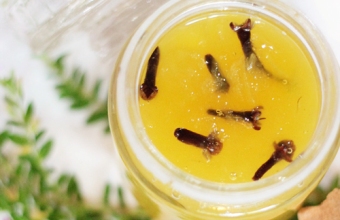 |
Green Mango Relish with Whole Spices - Love Food Eat
|
|
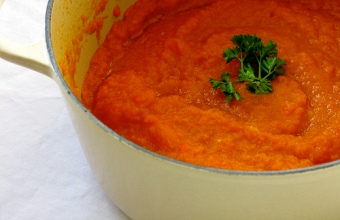 |
Carrot Soup - food loves writing
|
|
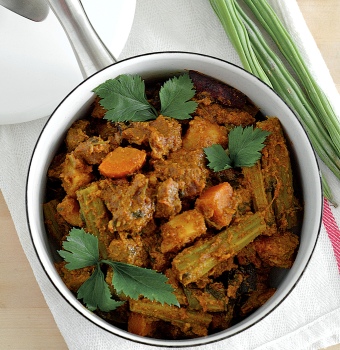 |
Mutton Peratal (Dry Mutton Curry) - Life is Great
|
|
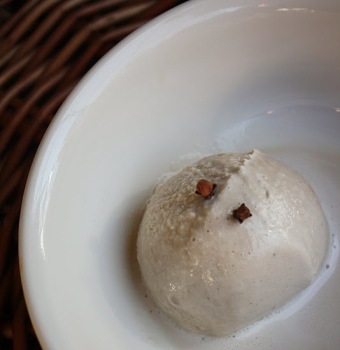 |
| Clove Ice Cream - dinners and dreams |
|





